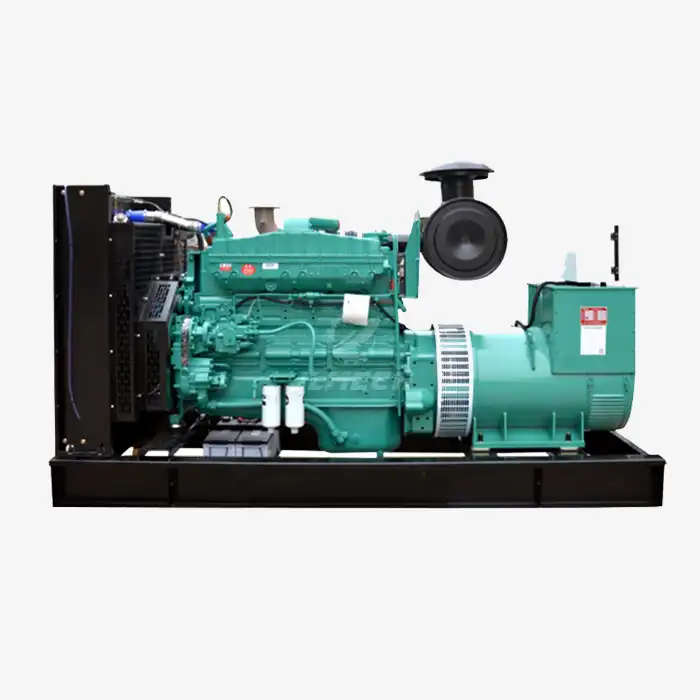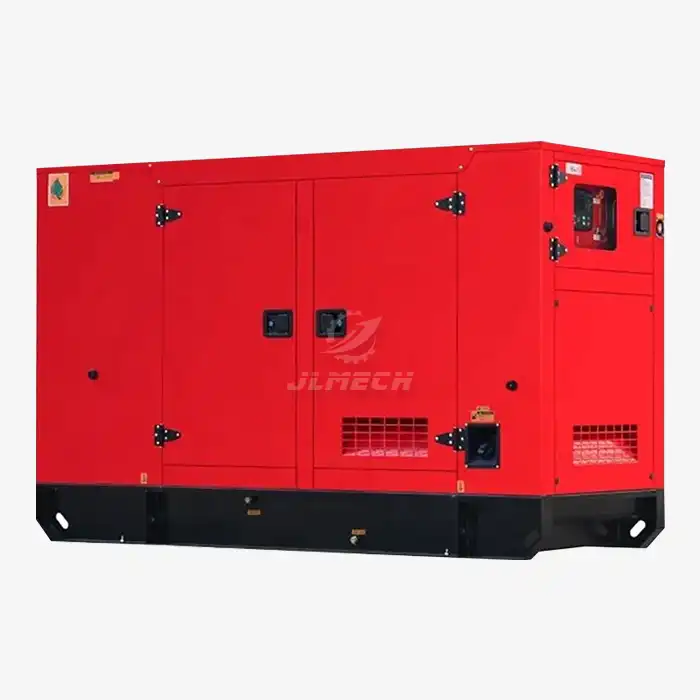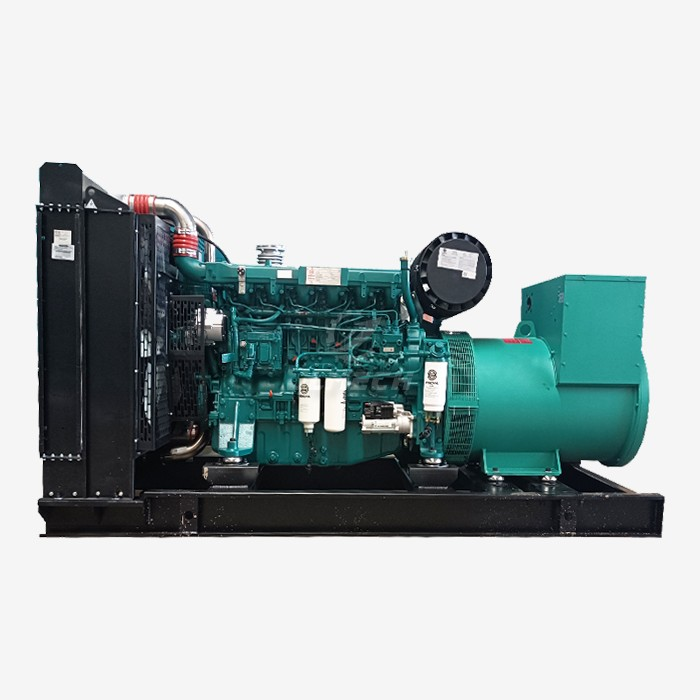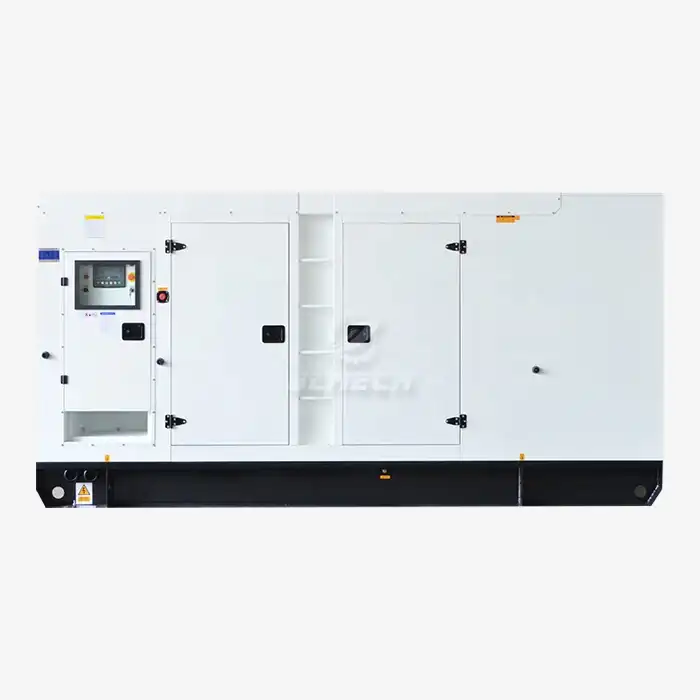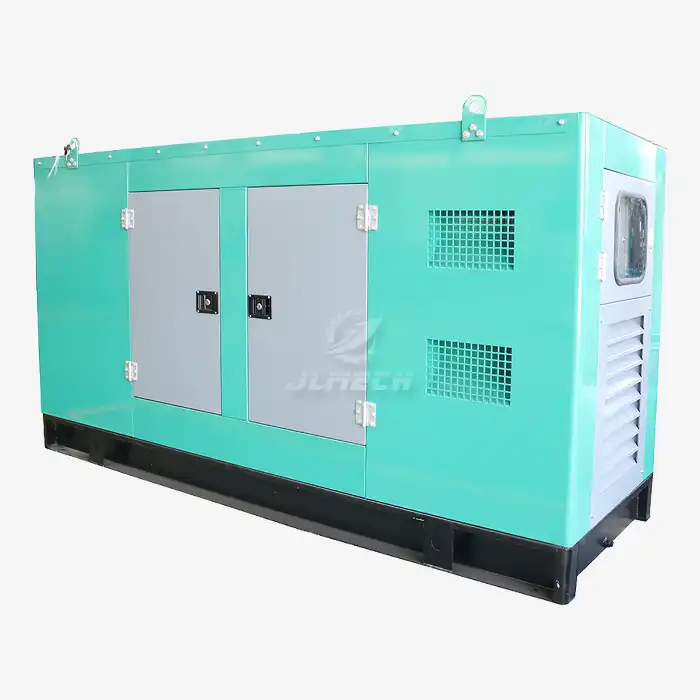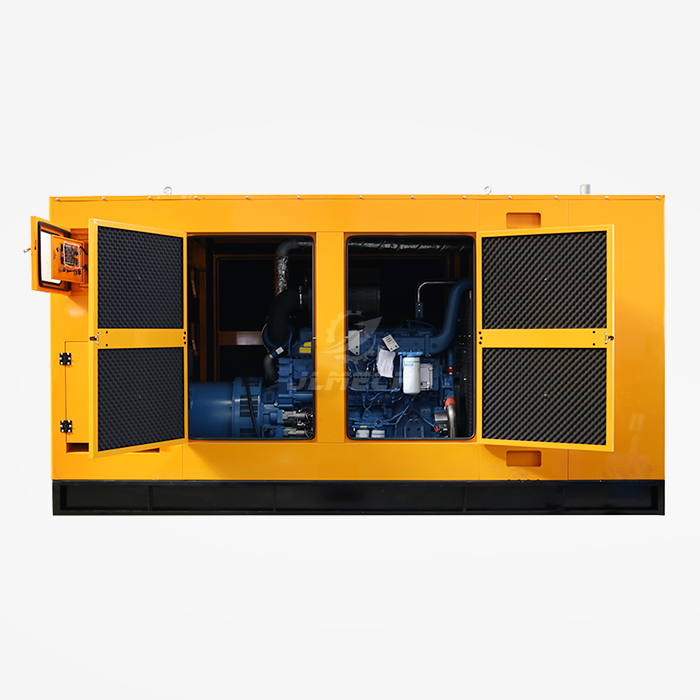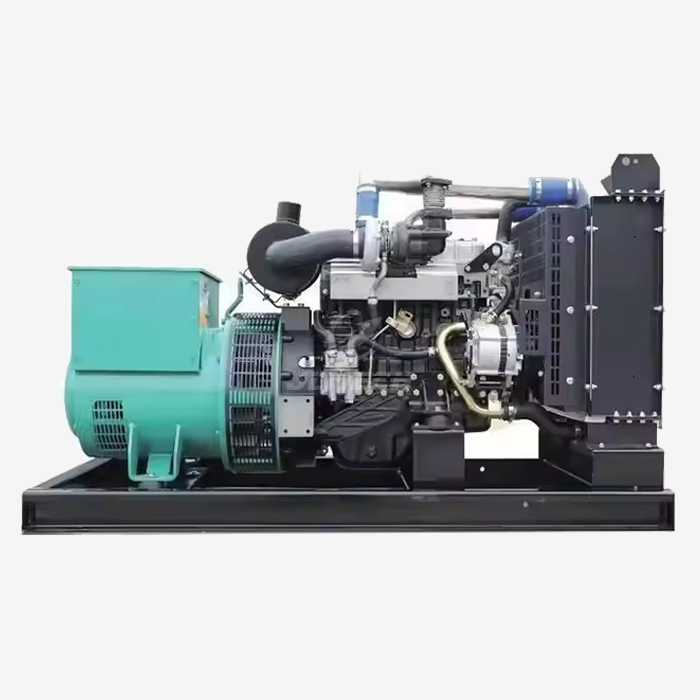How do you regain residual magnetism in a generator?
Residual magnetism is the small amount of magnetism that remains in the generator's rotor and iron core after it has been shut down. This inherent magnetic field is absolutely crucial—it's the foundational seed that allows the generator to build up voltage and produce electrical output when started. When a generator loses its residual magnetism, it will run but fail to produce any power, a condition known as "loss of excitation." Understanding how to safely restore generator magnetism is an essential troubleshooting skill that can save you from costly service calls and prolonged downtime.

Understanding Residual Magnetism
Think of residual magnetism as the generator's "memory" of its magnetic field. In simple terms, the generator's rotor acts as an electromagnet. When the generator is running, electricity flowing through the rotor coils (the excitation current) strengthens this magnetic field. When shut down, a tiny fraction of this magnetism remains. On the next start-up, this small residual magnetic field induces a tiny voltage in the stator windings. This voltage is fed back to the regulator and excitation system, which amplifies it in a positive feedback loop until the generator reaches its full rated output voltage. Without this initial magnetic "kickstart," the voltage build-up process cannot begin. The most common causes of losing generator magnetism include prolonged storage without use, shipping or vibration that disrupts the magnetic field, connecting a very heavy load at startup, or a fault in the automatic voltage regulator (AVR) circuit.
Common Causes of Demagnetization
Several scenarios can lead to a generator losing its residual magnetism. Identifying the root cause can help prevent the problem from recurring.
Prolonged Inactivity: Generators stored for long periods, especially in environments with vibration, can naturally lose their residual magnetism over time.
Connected Load at Startup: Starting the generator with a significant electrical load already connected can instantly drain the small induced voltage, preventing the build-up process.
Faulty Automatic Voltage Regulator (AVR): As the component responsible for managing excitation current, a malfunctioning AVR is a very common culprit. It may fail to provide or direct the necessary current to the rotor.
Open Excitation Circuit: A break in the wiring, a blown fuse, or a faulty connection in the excitation circuit can interrupt the path critical for sustaining the magnetic field.
Sudden Short Circuit or Heavy Overload: A massive and sudden electrical fault can create a strong opposing magnetic field (armature reaction) that overwhelms and neutralizes the rotor's residual magnetism.
Improvious Polarity Reversal: Incorrectly "flashing" the field with the wrong polarity can inadvertently cancel out the existing residual magnetism instead of reinforcing it.
Safety First: Precautions Before Starting
Complete Shutdown: Ensure the generator is completely shut off and the engine is cool. Disconnect the spark plug wire on gasoline engines or the battery cable on diesel models to prevent accidental starting.
Isolate All Loads: This is critical. Turn the main circuit breaker on the generator to the "OFF" position and disconnect all extension cords and appliances. This protects your devices and allows the voltage to build up without interference.
Personal Protective Equipment (PPE): Wear insulated gloves and safety glasses. You will be working near electrical components.
Use Correct Tools: Employ tools with insulated handles and a multimeter to verify results.
Method 1: Flashing the Field
"Flashing the field" is the most common and direct method to restore generator magnetism by briefly applying an external DC power source to the excitation circuit. This re-magnetizes the rotor core.
Locate the Components: You will need to access the generator's AVR or the field windings. Consult your generator's wiring diagram. The AVR is typically a removable box with multiple electrical connections.
Identify Terminals: Find the field excitation terminals, often labeled F+ and F-, or identified from the schematic.
Prepare DC Power Source: A fully charged 12-volt car battery is ideal for most mid-sized generators. For smaller portable units, a 9-volt battery can sometimes suffice.
Procedure:
Ensure the generator is OFF and all loads are disconnected.
Take two insulated wires. Connect the positive (+) wire from the battery to the F+ terminal.
Momentarily touch the negative (-) wire from the battery to the F- terminal. You should see a small spark. Do not hold the connection for more than 1-3 seconds.
Reassemble and Test: Disconnect the wires, reassemble any covers, and start the generator. It should now produce power. Check the output voltage with a multimeter.
Method 2: Using a Drill
This method uses a common corded electric drill to induce a current that can kickstart the magnetic field. It's a useful trick when external batteries are unavailable.
Prerequisites: You will need a corded electric drill (not battery-powered). The drill acts as a small motor to provide a reactive load.
Procedure:
Start the generator and ensure it is running smoothly.
Set the corded drill to its highest speed setting. Do not plug it in yet.
While holding the trigger of the drill in the ON position, plug it directly into a generator outlet.
The generator's engine may bog down slightly. The rotating armature of the drill can sometimes induce enough of a reactive load to stimulate the collapsed field.
Important Note: This method is less reliable than "flashing" and works best on smaller generators. It may take a few attempts. If unsuccessful, proceed with the field flashing method.
Troubleshooting Persistent Problems
If the methods above fail to restore generator magnetism, the issue may lie deeper.
Check for Underlying Faults: A failed AVR, diode rectifier, or brushes (in brushed generators) will prevent the excitation circuit from functioning, and the generator will lose magnetism again immediately. Inspect these components for visible damage and test them with a multimeter as per the service manual.
Stator and Rotor Testing: Use an ohmmeter to check for open circuits or short circuits in the stator and rotor windings. Resistance values should match the manufacturer's specifications.
Seek Professional Help: If you are not confident in your ability to diagnose and replace these components, it is time to contact a qualified technician. Forcing solutions can lead to further damage.
Preventive Maintenance Tips
Preventing the loss of magnetism is far easier than fixing it. Integrate these practices into your maintenance routine.
Regular Exercise: Run the generator under a moderate electrical load for at least 30 minutes every month. This keeps the windings dry and the magnetic field strong.
Proper Shutdown Procedure: Always turn off the main circuit breaker and disconnect all loads before shutting down the generator engine. This prevents a reactive load from draining the field at shutdown.
Correct Storage: If storing the generator for an extended period, "flash the field" right before putting it away. Store it in a dry, stable, and vibration-free environment.
Routine Inspection: Periodically check the AVR, brushes (if applicable), and all electrical connections for tightness and signs of corrosion. Consistent care is the key to maintaining stable generator magnetism.
Conclusion
Losing residual magnetism is a common but easily solvable problem. By understanding the causes and safely applying methods like field flashing, you can quickly restore your generator's power output. Remember that safety is paramount, and persistent electrical issues often require professional diagnosis. Proper preventive maintenance is your best defense against losing generator magnetism in the future.
Our technical support team is ready to assist you with generator troubleshooting, genuine spare parts, and professional maintenance services. For reliable solutions, please contact us at skala@whjlmech.com.
References
- Generator Manufacturers Association. (2021). Maintenance and Field Testing of Industrial Generator Sets. GMA Technical Publication TP-105.
- IEEE Power & Energy Society. (2017). IEEE Recommended Practice for the Testing, Maintenance, and Operation of Standby Power Systems. IEEE Std 1159-2017.
- National Fire Protection Association. (2020). Standard for Emergency and Standby Power Systems (NFPA 110).



